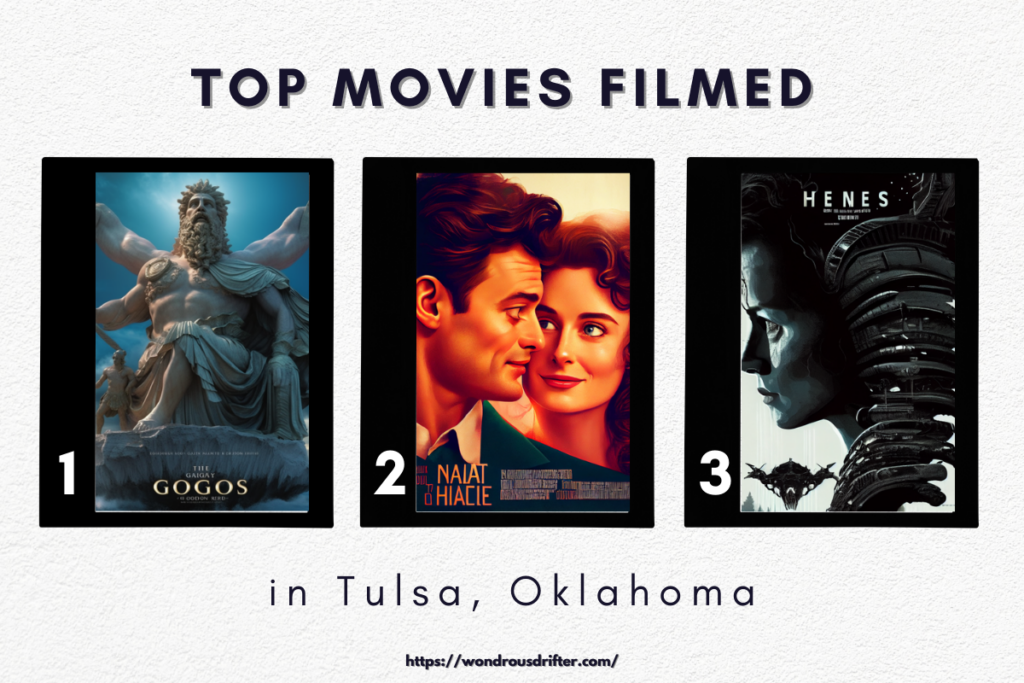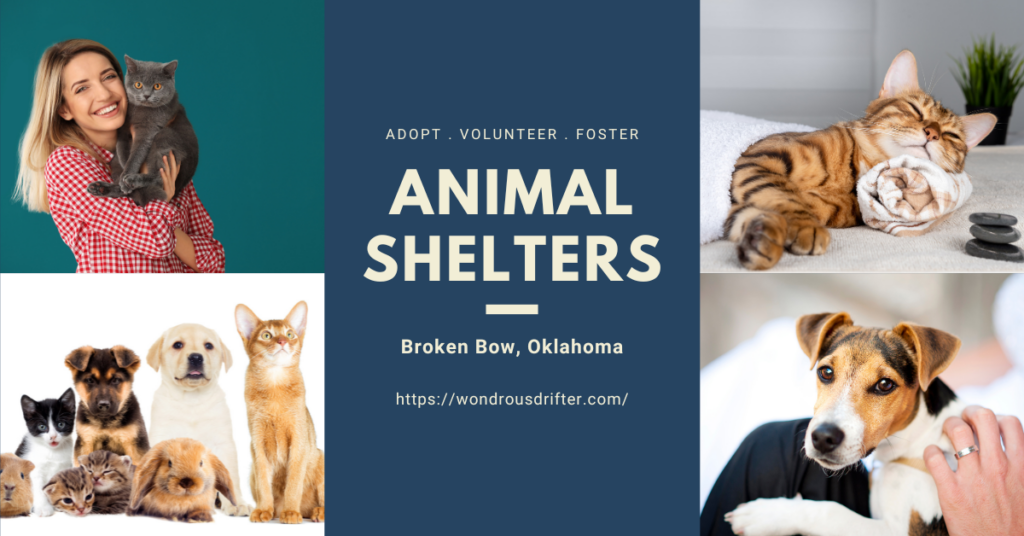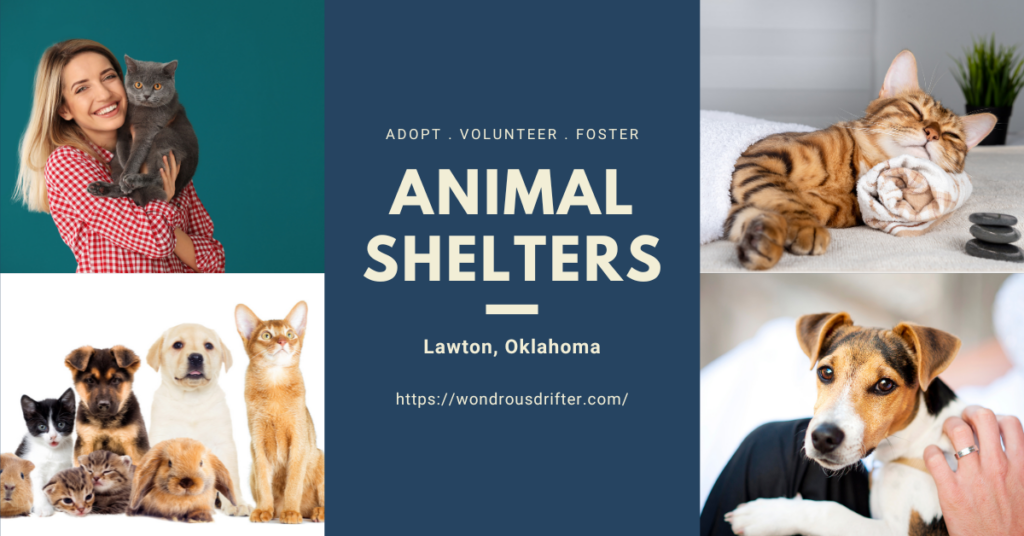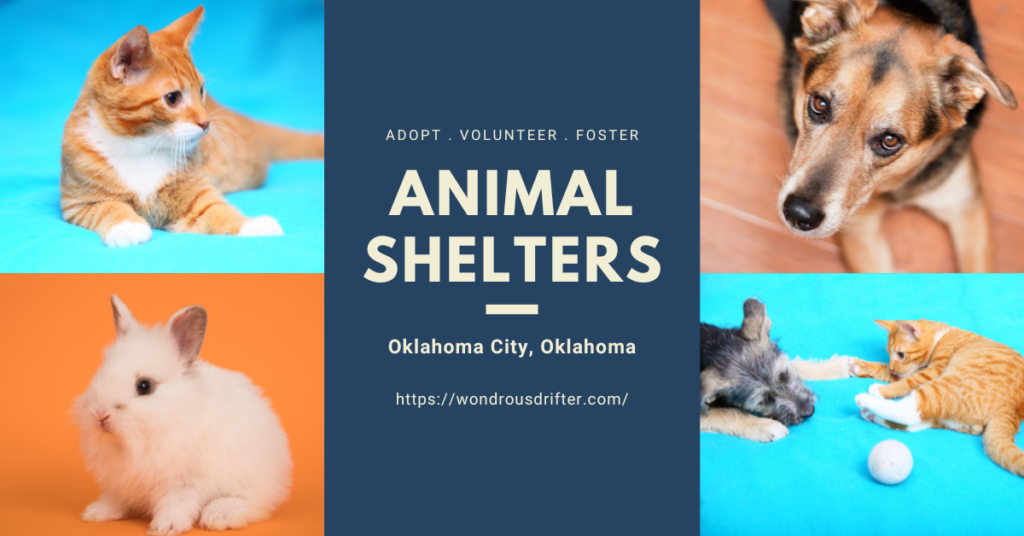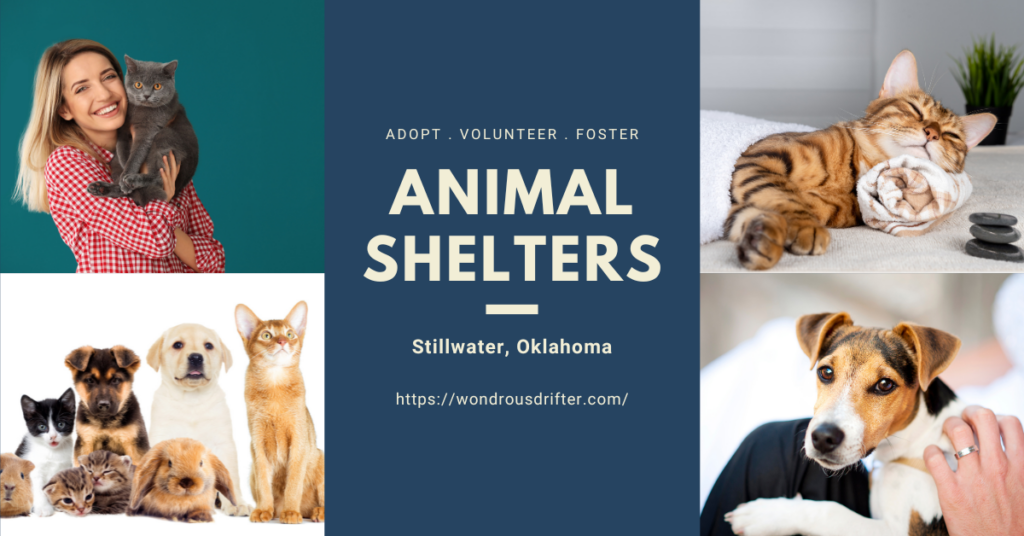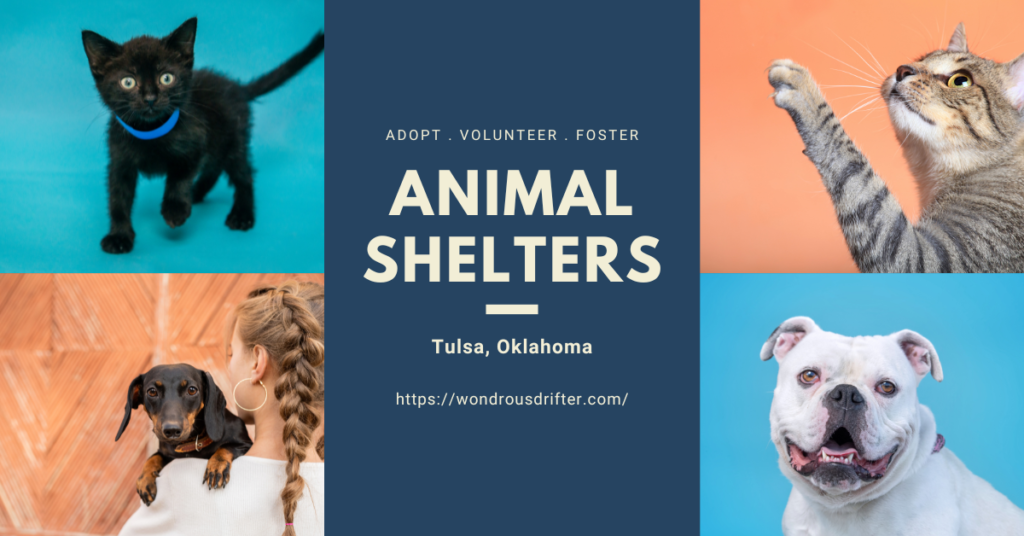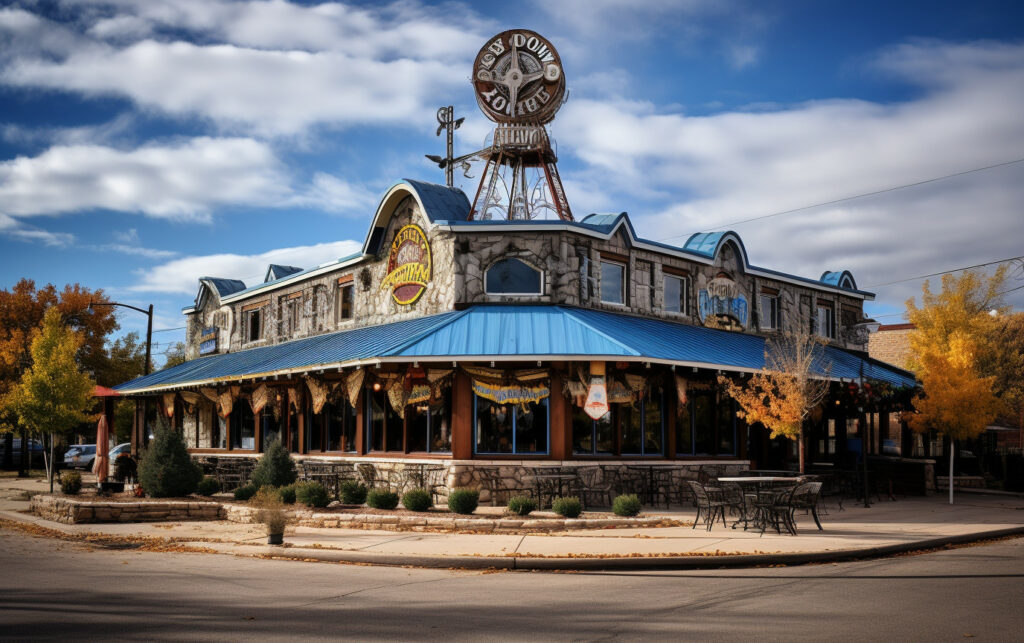An interview with T-Town TNR Inc. from Tulsa, Oklahoma.
Table Of Content
- Introducing T-Town TNR Inc.
- What Are The Most Common Challenges That Spay And Neuter And TNR Programs Face In Terms Of Funding, Volunteer Recruitment, And Community Support?
- Can You Describe A Typical Day Or Week At Your Organization? How Many Animals Do You Typically Serve, And What Kinds Of Services Do You Provide?
- How Has Your Organization Adapted To The Challenges Posed By The Covid-19 Pandemic? Have You Had To Change Any Of Your Procedures Or Protocols?
- Can You Tell Us About Some Of The Success Stories Of Animals Who Have Been Helped By Your Organization? How Have You Seen The Lives Of These Animals And Their Owners Impacted?
- What Can Members Of The Local Community Do To Support Your Organization And The Animals You Serve? Are There Any Particular Donations, Volunteering Opportunities, Or Other Initiatives That Would Be Helpful?
- What Do You See As The Future Of Spay And Neuter And TNR Programs, Both Locally And Nationally? How Do You See These Programs Evolving To Address The Needs Of Animals And Communities In The Years To Come?
- Is There Anything Else You Would Like To Share With Our Readers About Your Organization And The Importance Of Animal Shelters And Rescue Programs?
- Connect With T-Town TNR Inc. here:
Introducing T-Town TNR Inc.
Realizing that we could never adopt our way out of this cat overpopulation crisis (and many of the cats at large were not socialized to humans, therefore unadoptable), we began doing targeted trap, neuter/spay, vaccinate, and return (TNVR) at the neighborhood and colony level. This began in 2011 with two friends, two traps, and some pet-sitting income.
T-Town TNR was incorporated as a 501(c)(3) as of July 1, 2018, and is dedicated to the mission of resolving the city’s feline overpopulation crisis in a humane way. Each year we have consistently increased our operations. Presently, T-Town TNR:
- It has a core of 35 all-volunteer team members and a trap bank of over 250 traps, recovery carriers, and other equipment.
- Has a donor base of over 700.
- Practices “Targeted Trapping,” tracked by City Council Districts, works with a network of veterinarians, clinics, and animal welfare organizations, partnering with the Tulsa municipal shelter to save more feline lives by offering alternatives to our citizens through TNVR.
- Utilizes nationally recognized humane TNVR protocols for best practices.
- Offers caretaker training and monitors the colonies to ensure their safety, size, and health.
- Maintains a sophisticated, detailed database of all colony projects, microchipped cats, and caretakers.
- Secures foster and forever homes for socialized cats by partnering with local and state organizations with adoption programs.
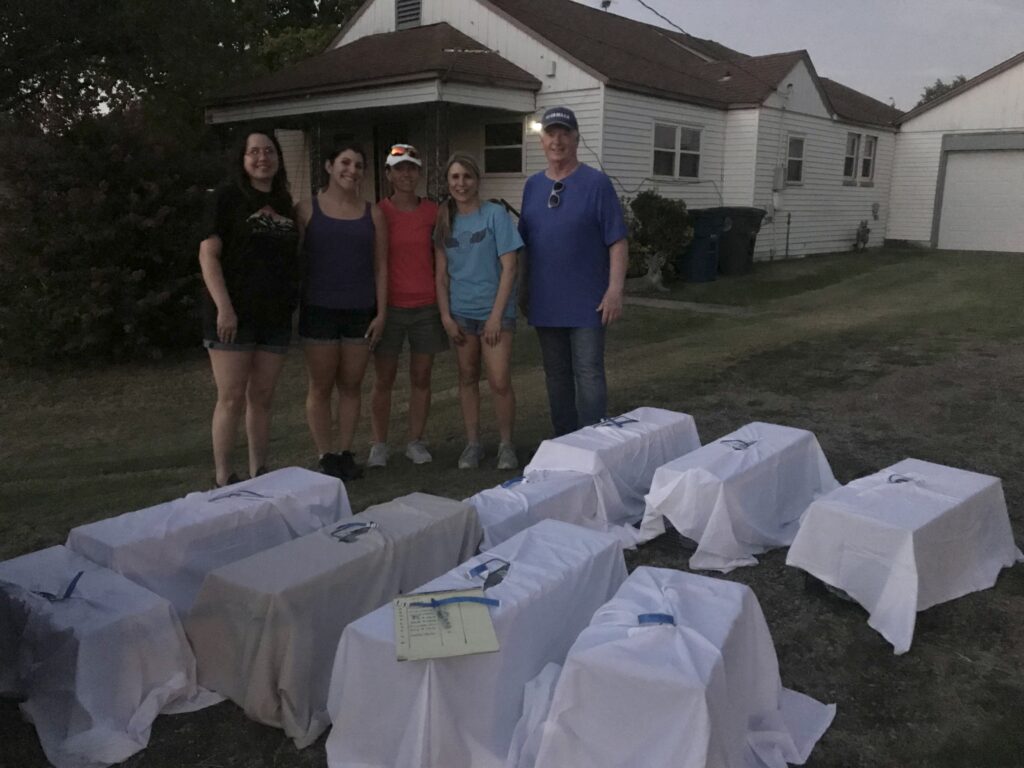
What Are The Most Common Challenges That Spay And Neuter And TNR Programs Face In Terms Of Funding, Volunteer Recruitment, And Community Support?
One of the biggest challenges is securing enough funding. The costs for the spay/neuter and vaccinations continue to rise, particularly since COVID. The efforts to raise funds are always part of our operation.
Another is the constant need for more Team Members (volunteers) to fulfill so many different roles, as we are an ALL-volunteer organization. Most of our trapping projects begin with a request for assistance from people who are feeding community cats. The work to meet with the people, assess the project, carry out the trapping operation, and follow up can be very time-consuming and often emotionally and physically draining.
We are also faced with a shortage of shelter veterinarians who are experienced in treating under-socialized cats in high-volume clinic settings. We have seen quite a bit of turnover in that
area in the last several years. Therefore, the clinic spaces are limited and must be shared with the whole community, which makes the springtime push very difficult.
We do feel we have the overall support from our community, although there are some small but vocal factions that oppose our efforts. These, too, require more time on our part to address their concerns and provide more education to the public on the benefits and successes of our program.
Can You Describe A Typical Day Or Week At Your Organization? How Many Animals Do You Typically Serve, And What Kinds Of Services Do You Provide?
For the core work of TNVR, we are helping about 30 cats each week. This is usually consistent throughout the cold winters and hot summers. We assess incoming project requests, plan the trapping project, trap the cats, and take them to the veterinary clinic for spay/neuter and vaccination/microchip. After an overnight observation and recovery, we return the cats to their outdoor homes.
There is also quite a bit of effort spent on the administrative side to run the organization, such as fundraising, budgeting, grant writing, volunteer acquisition and training, and community outreach. We also do our fair share of complaint mitigation and troubleshooting for wounded or sick cats.
How Has Your Organization Adapted To The Challenges Posed By The Covid-19 Pandemic? Have You Had To Change Any Of Your Procedures Or Protocols?
On the fundraising side, we had to adapt to using online platforms since we could not hold in-person events. Also, many of our trappers who used to trap together began trapping solo. And, of course, our clinics were closed for a while, and we had to find workarounds for that, utilizing private vets, which reduced number of cats being processed. Until recently, one of the clinics still required masks and specific drop-off protocols designed for social distancing.
Can You Tell Us About Some Of The Success Stories Of Animals Who Have Been Helped By Your Organization? How Have You Seen The Lives Of These Animals And Their Owners Impacted?
From our trapping projects, we have many success stories and many very grateful people who feed the cats (caretakers).
It’s Not Only About the Cats
“Honest disagreement is often a good sign of progress” —Gandhi
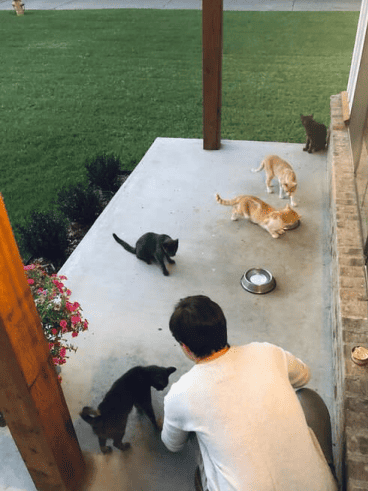
Caregiver breaking out the good stuff: canned food and some high-quality water.
If there is one thing T-Town TNR cares about as much as community cats, it is community humans. We are human, after all, and it is people who provide the requests for assistance that we act upon. The issues can take many forms. Most people enjoy the company of cats, but maybe not fifty of them. Some people have neutral feelings but want to alleviate visible animal suffering. A few consider felines a nuisance and would prefer that they go away. Sentiments differ, but almost everyone agrees that when it comes to community cats, less is better.
At T-Town TNR we trap, spay/neuter, vaccinate, and return unowned felines, of course. But if you think that’s all, you are missing a big part of the picture – in particular, the short-term impact that targeted TNR can have on a population of animals and, just as important, the people that live with them. That was certainly the case in a recent project.
This specific group of cats or their predecessors had been in the neighborhood for some time. They were so familiar that they had been given names. The animals were spread along a two-block strip, and there were kittens, lots of them. One litter was born in the backyard of a homeowner who didn’t want them there, and another resident had legitimate personal concerns about the animals. Most people, however, liked having them around–they were part of the neighborhood, after all– but there were far too many.
Four T-Town TNR trappers worked the first night and three the next, using twenty traps spread over five locations. The lead, Laura, spent six additional days catching the last two kittens. It took every technique and piece of equipment she had, including a fish net, but she got them, using a meowing sibling in a covered carrier to attract the last. Genius! When a neighbor commented on her dedication, she replied, “You didn’t think I was just going to leave a kitten out here, did you?”
The neighborhood pitched in, regardless of individual feelings toward the cats, and was a critical part of our success. People provided a history of feline behavior, communicated to trappers about animal sightings and distribution, monitored activity on porch cameras, helped watch traps, and carried animals to vehicles. Neighbors conversed on street corners and sidewalks with people with whom they rarely spoke. And it rained; no, check that, it poured; the kind of deluge where every inch gets wet, including the soles of your socks. It was cold and miserable, but hungry cats didn’t have the luxury of waiting for the weather, so we we trapped.
Thirty-four cats were caught that week, including twenty kittens. Fourteen adults were processed and returned, and one venerable old male, Goliath, was treated for a severe eye infection. It was nearly a clean sweep, but a single wily female remains unbowed and intact. Eventually, she will be caught. You can bet the ranch on it because the lead trapper won’t stop until she is.
His absentee parenting days are over.
The kittens were young enough to be socialized, so they never went back to the neighborhood. They are currently in foster care or up for adoption through the kindness of Tiny Paws in Stillwater and the Tulsa SPCA. You see, T-Town TNR does not have a foster or adoption program. It’s beyond our core mission and out of reach of our resources. But tell one of us that there is no hope for an adoptable kitten, and they’ll chuckle and go prove you wrong. Team members work out those details at their own expense with a fair amount of negotiation, bartering, and a little groveling. It’s an added strain, but you didn’t think we were just going to leave a kitten out there, did you?
Sadly, two kittens from one litter were so sick that they died in veterinarian care the following day. The mom was physically spent from the rigors of raising young and couldn’t provide adequate nutrition. You can see them below enjoying the last sunny day of their brief lives. Laura second-guessed herself, wondering if they would have rather spent their remaining hours at home with siblings rather than at the animal hospital, terrified and alone. Losing a kitten drives us crazy; what if we had gotten there a week earlier…or a day?
Emaciated mother with four kittens. Only two survived.
And the neighborhood? It is still there with the people, community cats, and varied opinions thereof, but that week, a united effort was formed from those differences to reach a common goal. These folks will continue to be a critical element of that success, communicating with each other and us, keeping an eye out for new cats in need of TNR or injured animals requiring medical assistance. That’s what managed cat communities are all about.
The long-term efficacy of TNR and subsequent oversight of outdoor cat populations has been shown by decades of research to be the best current ethical solution to community cat overpopulation. Still, it’s debated. But on those eight October days, in that place, we produced an instant population reduction of over half. It was accomplished without euthanizing a single animal, burdening shelters, or spending one penny of taxpayer money, never mind the long-term population stabilizing effect of sterilizing the adults. And it made the human community happy, cat lovers and haters alike. It’s hard to disagree with that.
Those trappers and others like them are off to other projects with similar problems experienced by similar people. T-Town TNR processed 1,439 animals last year and 8,000 since our organization began seven years ago with two friends and two traps. We have responded to 2,500 requests from Tulsa citizens to date, but there is still so much work to be done. We have the desire but limited resources, and the reproductive clock is ticking.
You can help! The future of a community cat’s life can be changed forever for about $75, the price of a nice dinner. We’ll provide the tip. The cats will never thank you because they’re funny that way, but we sure will, and so will members of the Tulsa community.
The all-volunteer staff at T-Town TNR are unrepentant cat lovers: long hair, short hair, cross-eyed, stubby-tailed, it’s of little consequence. We love happy, healthy cats living in their outdoor homes, unburdened by cyclic reproductive stress and graced with a tipped ear. We love purring fat-bellied kittens indoors, not crossing busy streets in search of food or falling victim to predation and disease.
And we love the people we work with and the human communities we help because, although some long to become a cat in another life, alas, in this one, we are only human.
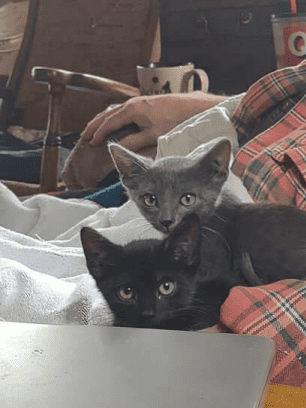
The two remaining offspring. Enjoying a warm lap and a cozy house.
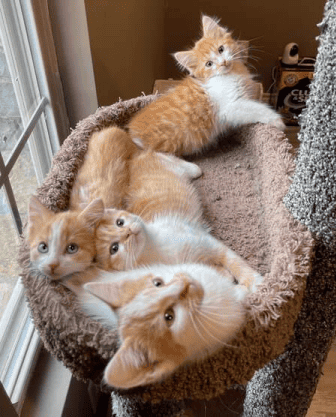
Four other kittens from the project have been adopted out and living the good life!
What Can Members Of The Local Community Do To Support Your Organization And The Animals You Serve? Are There Any Particular Donations, Volunteering Opportunities, Or Other Initiatives That Would Be Helpful?
If everyone in our local community understood the importance of spaying/neutering their pets and practiced responsible pet ownership, then we would very soon run out of trapping projects. And we would be very happy about that! In the meantime, we depend on our community to support us with donations for the spay/neuter surgeries and to volunteer for any of the variety of positions we have available. We are also very grateful for the cat caretakers that feed and manage the groups of cats and for the residents that have compassion for any cats, they notice are suffering or in need and take action to make a difference.
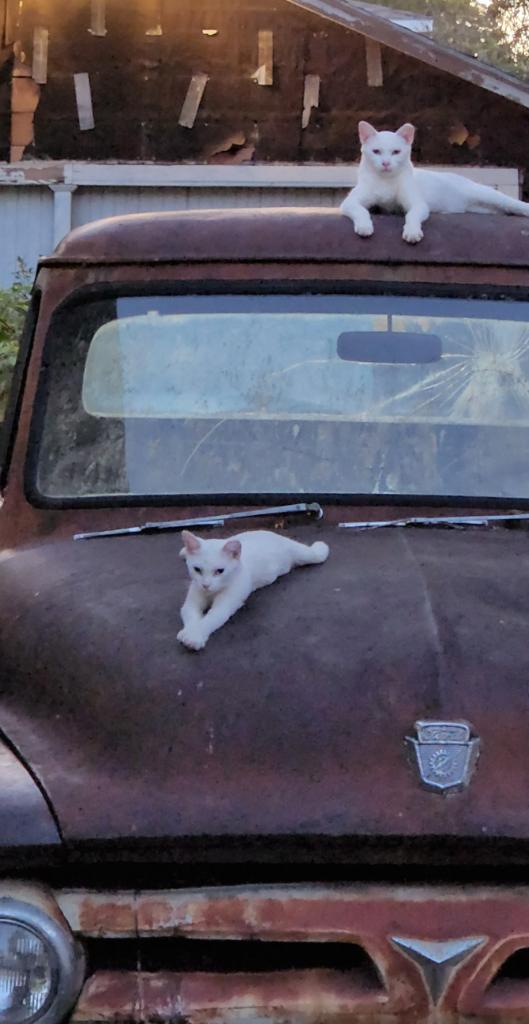
What Do You See As The Future Of Spay And Neuter And TNR Programs, Both Locally And Nationally? How Do You See These Programs Evolving To Address The Needs Of Animals And Communities In The Years To Come?
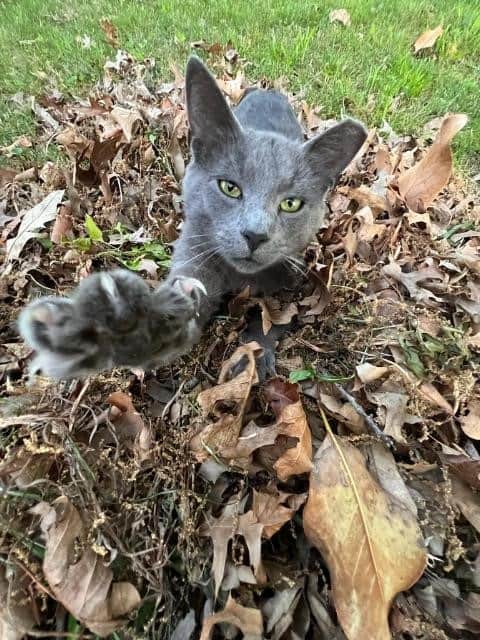
Spay/Neuter and TNVR programs are having huge positive outcomes in the northern regions of the US. In some cities, there are few to no kittens being born outside and showing up at the shelters. In the southern regions, we have a long way to go, but we see the momentum swinging that way. These programs are the only humane way to address the cat overpopulation problems.
We diligently track the statistics around our trapping projects to support the work we do. And we are seeing successes! T-Town TNR removed (by working with adoption partners to find homes) 970 cats and kittens in 2021 and 2022 (31% and 41%, respectively, for each year of total cats going through the program).
T-Town TNR has processed an average of 120 cats per month from 2019 to 2022. Those are cats that are no longer reproducing and are vaccinated for Rabies as well as Feline Viral Rhinotracheitis, Feline Calicivirus, and Feline Panleukopenia.
Stray cat and kitten intake has decreased at the Tulsa municipal animal shelter from 2,664 cats and kittens in 2014 to 1,227 in 2022 – a 54% decrease. Looking at just the adult stray cat intake, the numbers have dropped from 1,380 in 2014 to 448 in 2022 – a 67% decrease.
We would also like to point out that TNVR is more than just trapping cats. It benefits the people of Tulsa in many ways:
- Tulsa Residents: By sterilizing the community cats, the breeding behaviors are eliminated- yowling, fighting, spraying, and roaming. The colonies stabilized and, over time, diminished. The result is neighborhoods that are healthier, kinder, and safer for both cats and people.
- Municipal Government: Fewer cats coming into the municipal shelter means financial savings for the city. Less killing of healthy, unadoptable cats results in a kinder job for those working at the shelter, with less emotional and mental stress. T-Town TNR also provides the shelter staff with solutions-based, community-led options to offer Tulsa citizens when dealing with community cats. This includes complaint mitigation using humane deterrents and instruction.
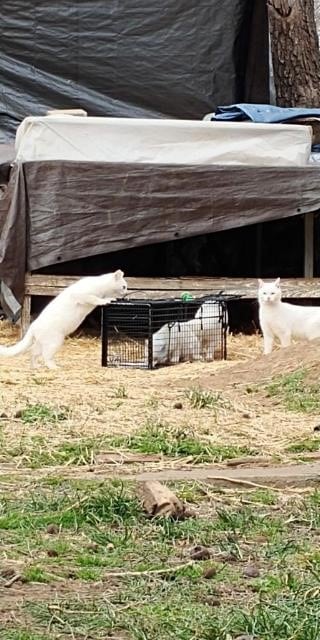
T-Town TNR is the only organization within the City of Tulsa exclusively doing TNVR of Community Cats – at the colony level. We respond directly to the requests of members of the community, using an online portal to partner with them and address colonies that they care for.
T-Town TNR has now seen over 8,000 cats go through our program since 2015. Our partnerships with other Tulsa organizations and with the Tulsa animal welfare shelter have developed, and we work daily with these partners to save more feline lives. Over 41% of the cats that went through the program in 2022 ended up with indoor forever homes and are no longer living outside.
In the spirit of collaboration, T-Town TNR was instrumental in the creation of Healthy Animals, Healthy Tulsa (HAHT). HAHT is a coalition of thirteen of Tulsa’s nonprofit animal welfare groups formed in 2022 to elevate the conversation about animal welfare with key government stakeholders. HAHT’s first initiative was an online survey of candidates for the city council concerning animal welfare issues completed in 2022. More information about Healthy Animals, Healthy Tulsa is available at www.haht.org.
Connect With T-Town TNR Inc. here:
Address: 703013 Tulsa, OK 74170
Website: www.ttowntnr.com
Wondrousdrifter.com is thankful to T-Town TNR, Inc. for the interview.
Check out this page for the list of animal shelters in Tulsa, Oklahoma.




